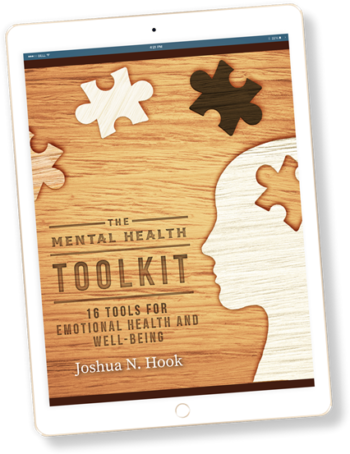Getting Outside of My Perspective
November 8, 2016
I was sitting on the train the other day trying to get some work done. A man behind me was listening to music on his phone. It was loud, and he wasn’t wearing headphones. I sat with my anger for a bit, took a few deep breaths to calm down, and started to think about the difficulty we each have of getting outside of our own perspective.
For the man on the train, I imagine he really liked listening to his music on his phone. It was tough for him to get outside of his own perspective—to think that perhaps I was working and didn’t appreciate listening to his loud music.
But we all do this, don’t we? I remember when I was younger, I held a specific religious perspective that I felt very strongly about. I didn’t understand why other people would believe something different, and I thought that it was my job to convince others to believe as I did. I had trouble getting outside of my own perspective.
This issue has been front and center in the political world over the past several months. Liberals and conservatives surround themselves with like-minded people who validate their beliefs and perspectives. They each have their own television and radio stations where they get their news. Dialogue is used to try and convince other people of a certain point of view rather than to connect or build relationship. We have trouble getting outside of our own perspective.
So what can we do? How do we counteract our natural tendency to stay entrenched in our own point of view? Here are 3 steps to get outside of your own perspective:
- The motivation has to be there. This is a foundational point. You have to actually want to get outside of your own perspective. It feels good and comforting to think that you and your group have the ‘corner on the truth’ and that others are misguided. On the other hand, it can be anxiety-provoking to question your own beliefs or consider a different perspective. There has to be a strong motivation to get outside your own perspective, or it won’t happen. Spend some time thinking about this issue. Why might you want to get outside of your own perspective? What benefit could this have for your life? For your relationships? For the world?
- Drop the conversion narrative. One of the most difficult things about having conversations with people who are different is that there is often a pull to convince the other person that we are correct. The other person is feeling the same pull. So there is a combative or defensive nature to these conversations. Instead, drop the need and desire to convert the other person to your point of view. (You won’t be able to do this anyway—people don’t usually change their deeply held views based on one conversation.) Let the other person be their own person. They have the freedom to believe what they want to believe. Don’t try to control them. At the same time, don’t feel any pressure to change what you believe. You are your own person. The person you are talking with doesn’t have control over what you think or believe. Even if they get very passionate or energetic about what they think, don’t feel pressure to change your mind unless you want to.
- Engage with humility. When trying to get outside of your own perspective, humility is key. Recognize that we all have limitations in our perspectives. None of us have it all together. We all have something to learn. Also, recognize that other people can be your teacher. Even the person on the opposite side can be your teacher and enrich your life if you allow yourself to be open and humble.
Related Thoughts
No Comments
Leave A Comment

Subscribe To My Newsletter
Join my mailing list to receive the latest blog posts.
Receive my e-book “The Mental Health Toolkit” for free when you subscribe.






[…] practice is more difficult, because it requires you to get outside your own perspective and try to understand the perspective of someone else. The other person may or may not see the […]